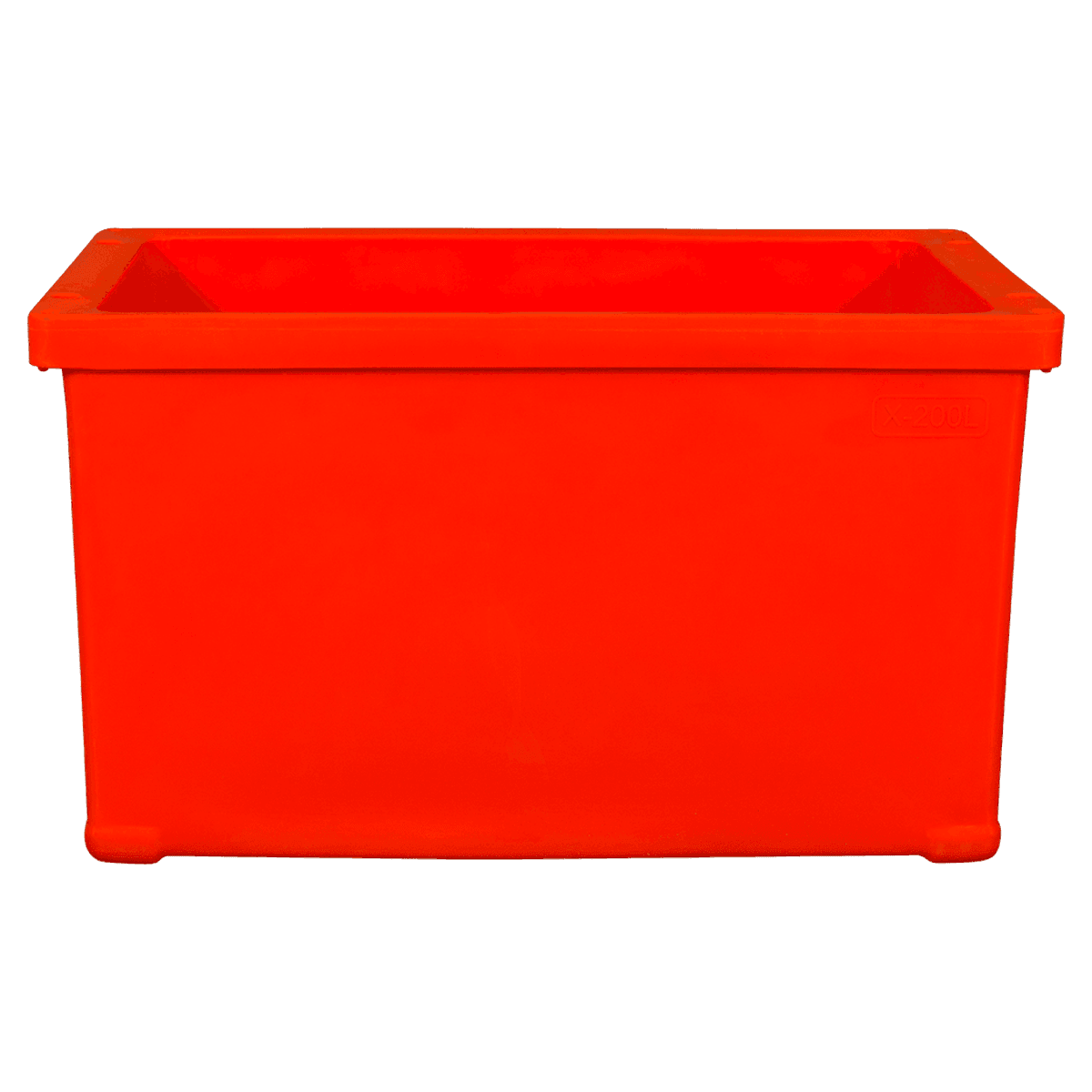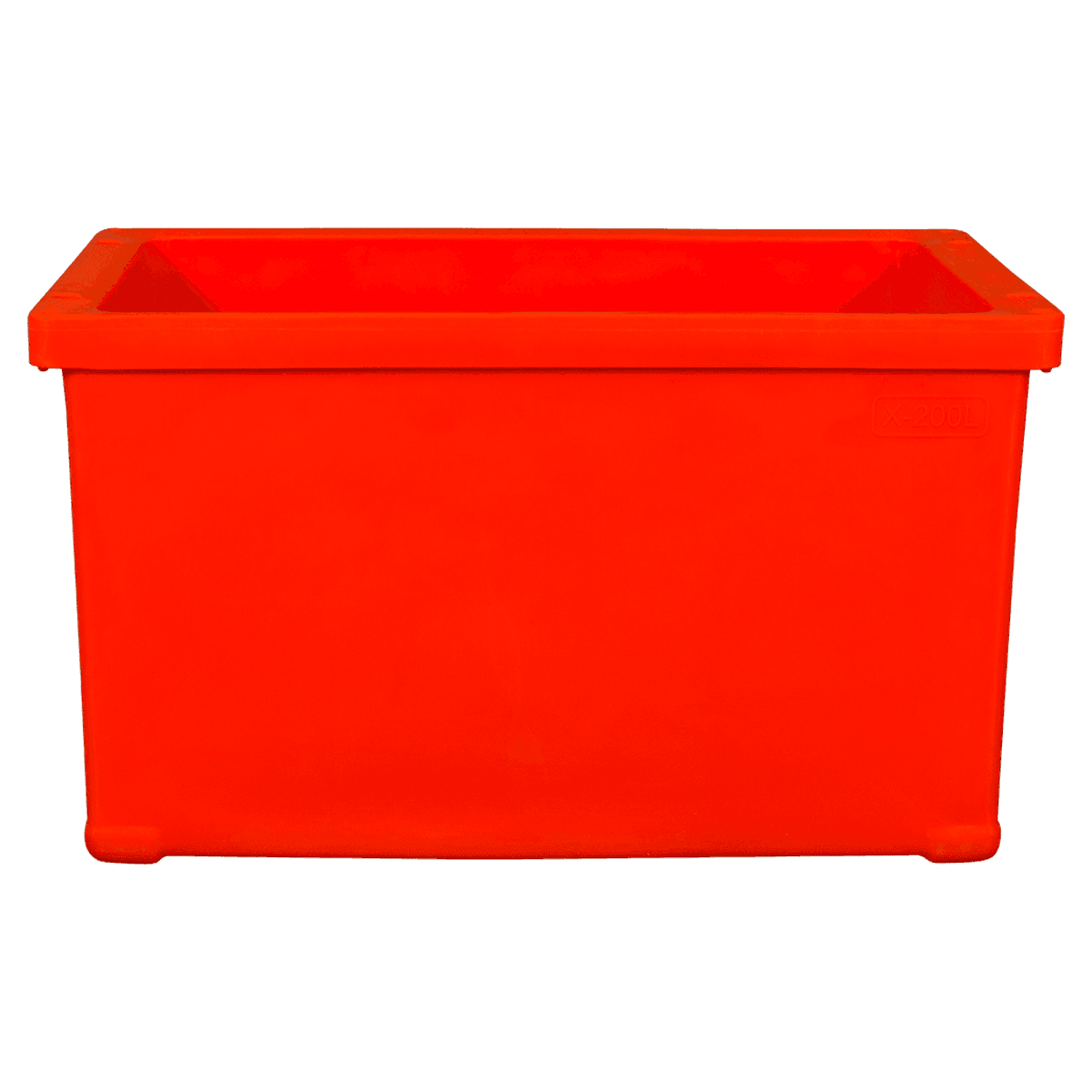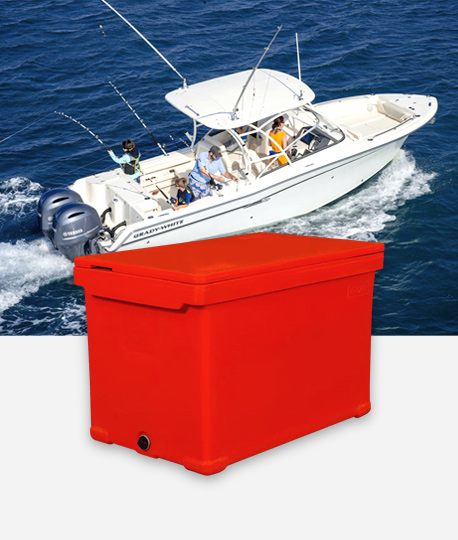1. Analysis of requirements and processes: Prior to the layout and configuration of cold chain containers, the requirements and processes of workshops and warehouses must be carefully analyzed. This includes understanding the different types of products and goods, their storage requirements, shelf life, and how often they come in and out of the warehouse. This information is critical for deciding on the number and location of cold chain containers.
2. Classification of cold chain containers: Once the demand for the goods is known, the cold chain containers can be divided into different areas. This can include frozen, refrigerated and ambient areas. In cold chain management, it is crucial to ensure that goods with different temperature requirements are properly separated to avoid the impact of temperature fluctuations on the quality of goods.
3. Process flow: Design the processes in workshops and warehouses to ensure that containers can enter and exit smoothly, and goods can be accessed quickly. This can be achieved by storing similar types of goods in adjacent areas to reduce handling and stacking times. Process flow helps reduce the number of times goods are moved, reducing the risk of temperature fluctuations and losses.
4. Reasonable container location: Place the most commonly used cold chain containers in an easily accessible location to minimize pickup and loading time. This can be achieved by placing them close to the exit or receiving area. Periodically review the process to ensure that the placement of containers still makes sense, and make adjustments as needed.
5. Temperature Controlled Areas: It is very important to create temperature controlled areas in workshops and warehouses. These areas should have good insulation properties and temperature stability to ensure that the temperature inside the cold chain container is always within the desired range. Use a temperature monitoring system to monitor the temperature in real time, and set alarms so that timely measures can be taken when the temperature is abnormal.
6. Stacking and stacking: If you need to stack or stack cold chain containers, make sure they are stacked stably and will not damage the goods or the cold chain system. Use proper stacking and stacking equipment to ensure the safety of the cargo and the stability of the container.
7. Automation and Mechanical Equipment: Consider using automation and mechanical equipment to increase the efficiency of container handling. For example, racking and conveyor belt systems can help automatically move containers from one location to another, reducing the need for manual handling. Not only does this increase efficiency, it also reduces temperature fluctuations that can result during handling.
8. Container maintenance: Establish a regular maintenance plan to ensure that cold chain containers are in good repair and will not cause temperature fluctuations or system failures. Maintenance includes regular inspections of insulation, sealing performance, temperature control systems, and any issues that may cause air leaks or temperature fluctuations.
9. Staff Training: Train warehouse and workshop staff to ensure they understand proper cold chain container handling and storage methods. Employees need to know how to properly load and unload containers and how to respond to potential temperature anomalies.
10. Continuous Improvement: Regularly review and evaluate the layout and configuration of cold chain containers in workshops and warehouses to find opportunities for improvement to adapt to changing needs and technologies. Cold chain management is an ever-evolving field and continuous improvement can ensure your workshops and warehouses remain in top condition.
F-660L Rotomolded Fishing Ice Box Workshop And Warehouse Use Cold-chain Containers
High Insulated container usually are used on board & overland transportation for frozen food,at docks for pickling and in the processing industry for storage of chilled seafood.Storage and transport of fish e.g tuna and swordfish salting and marinating of shrimp and more.
F-660L Rotomolded Fishing Ice Box Workshop And Warehouse Use Cold-chain Containers
High Insulated container usually are used on board & overland transportation for frozen food,at docks for pickling and in the processing industry for storage of chilled seafood.Storage and transport of fish e.g tuna and swordfish salting and marinating of shrimp and more.


 English
English Español
Español عربى
عربى 中文简体
中文简体
-4.png)
-4.png)
-2.png)

-2.png)
-2.png)




